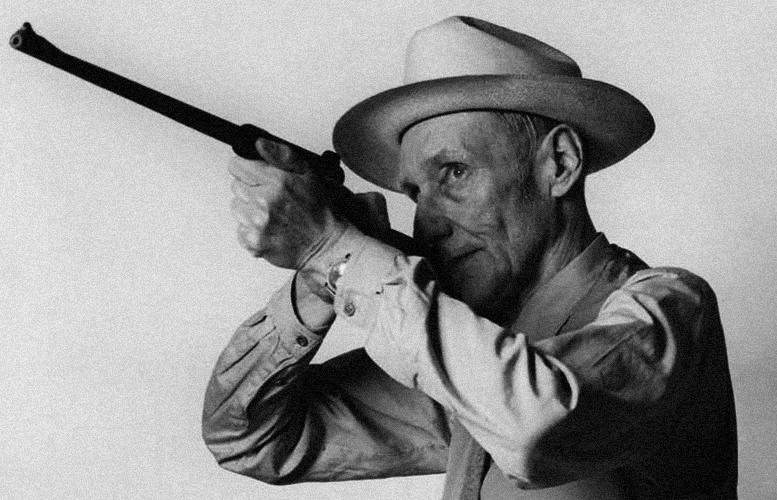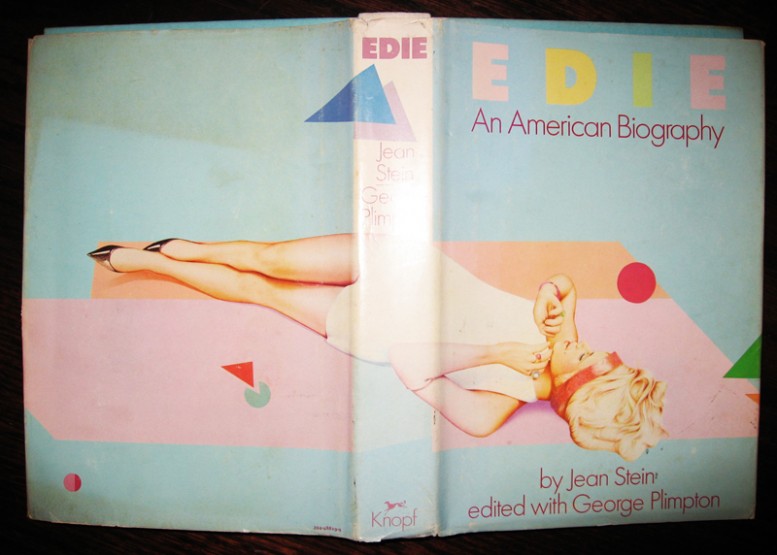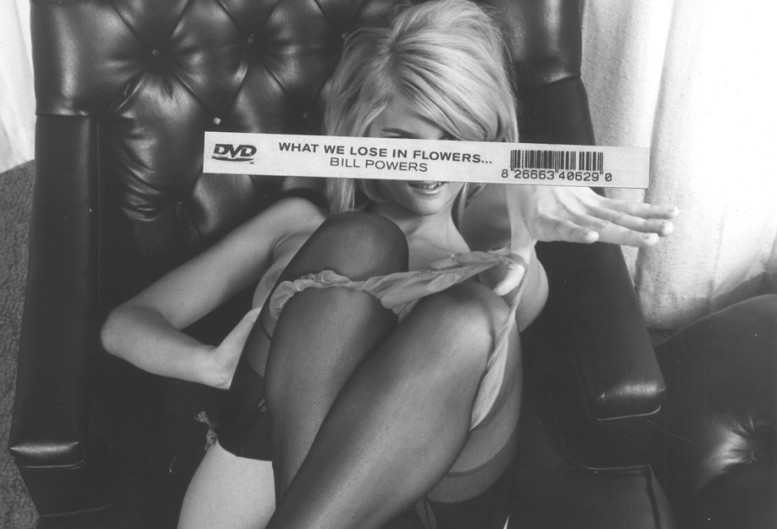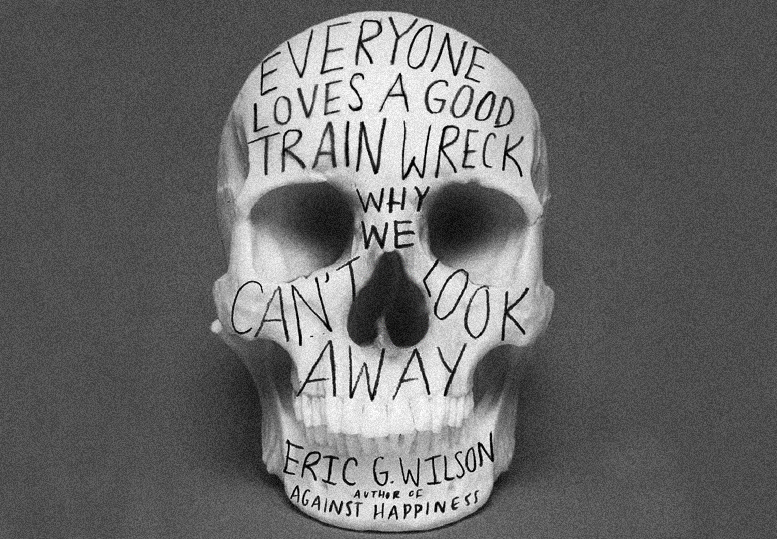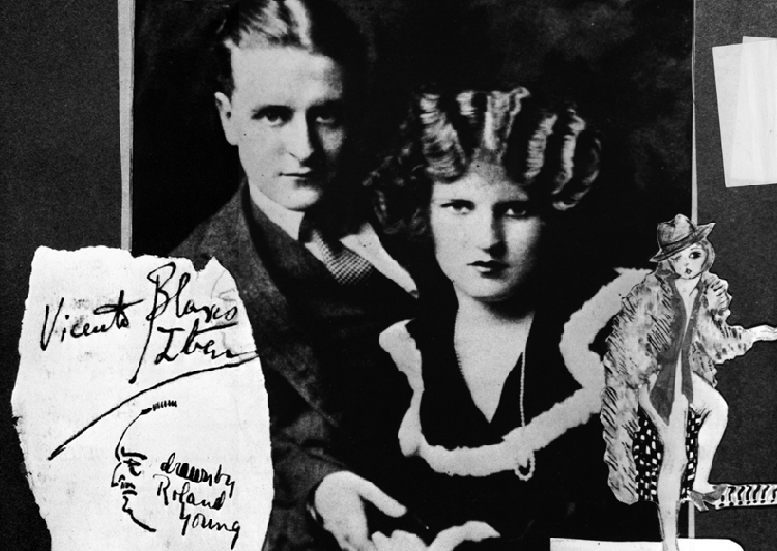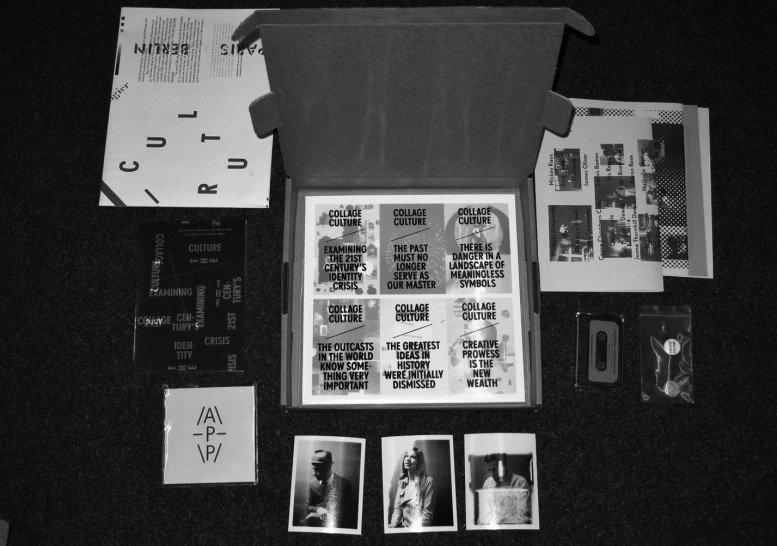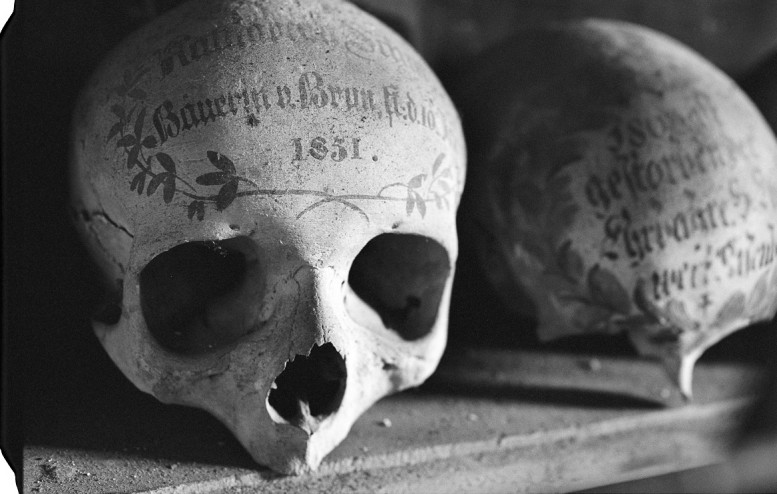A selection of books on display at artist Richard Prince's rare bookstore Fulton Ryder in NYC.
Rub Out The Words
Rub Out The Words, the long awaited compilation of letters of William S. Burroughs.
Chet Baker's Lost Memoir
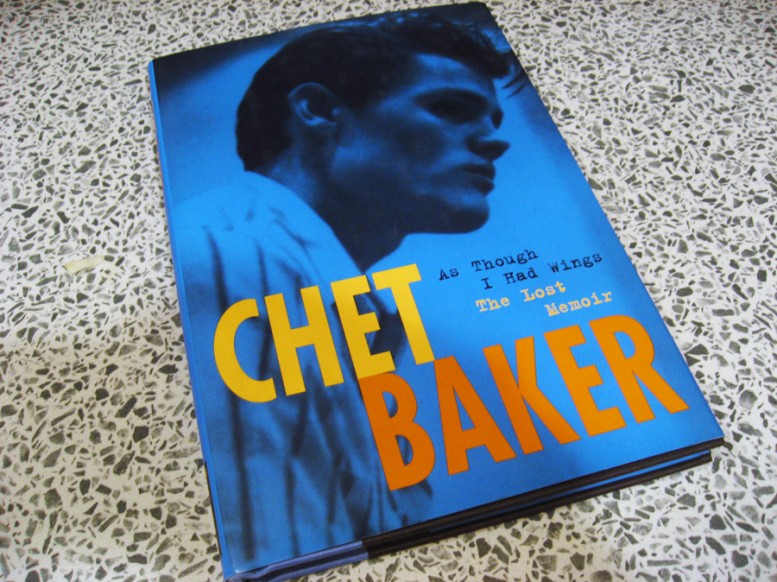 Thanks to Michael Barrie for Chet Baker's lost memoir entitled As Though I Had Wings
Thanks to Michael Barrie for Chet Baker's lost memoir entitled As Though I Had Wings
[BOOKS] Seasons in the Sun
"In the mid-1970s, Britain’s fortunes seemed to have reached their lowest point since the Blitz. As inflation rocketed, the pound collapsed and car bombs exploded across London, as Harold Wilson consoled himself with the brandy bottle, the Treasury went cap in hand to the IMF and the Sex Pistols stormed their way to notoriety, it seemed that the game was up for an exhausted nation. But what was life really like behind the headlines?"Seasons in the Sun: The Battle for Britain – 1974 -1979 by Dominic Sandbrook covers a privotal moment in Britain's history with societal unrest and the rise of the punk movement.
An American Biography
"One night, when the parties were over, I guess she didn't want to sleep with somebody, so she asked me to share a room with her. She always had to have her glass of hot milk and a cigarette in one hand. In her sleep her hands kept crawling; they couldn't sleep. I couldn't keep my eyes off them. She kept scratching with them. Perhaps she just had bad dreams....I don't know, it was really sad." Andy Warhol on Edie Sedgewick
[LITERATURE] What We Lose In Flowers
Karma bookstore‘s in-house publishing house just released a novella, entitled What We Lose in Flowers, by art dealer and curator Bill Powers which tells the story of a Peter Beard, an artist in a failing relationship with a younger woman who used to date his son. The book opens with a quote from John Currin, “Culture is for old people. When you’re young you have your body, and that’s all you need,” and is dedicated to the recently deceased John McWhinnie, who introduced the artist Richard Prince (who designed the incredible DVD sticker cover) and Mr. Powers. This is actually a second book from Mr. Powers, a former editor at Blackbook, whose first was a novel titled Tall Island. You can purchase the book here.
The High Life
Wakefield Press just sent over their newest publication, entitled The High Life, by cult author Jean-Pierre Martinet (1944–1993) who was virtually unknown during his own lifetime, but is now considered "an overlooked French successor to Dostoyevsky." The book tells the tale of the ultimate and bizarre consequences of a man's unbelievable avoidance issues. Originally published in 1979, The High Life, translated with an introduction by Henry Vale, is an introduction of Martinet's work into English and deals with the regular themes for which Martinet is known – "the terrors of loneliness, the grotesque buffoonery of sexual relations, the essential humiliation of the human condition, and the ongoing traumas of twentieth-century history." The book is due out this May by Wakefield Press.
Everyone Loves A Good Trainwreck
Why can’t we look away? Whether we admit it or not, we’re fascinated by evil. Dark fantasies, morbid curiosities, Schadenfreude: As conventional wisdom has it, these are the symptoms of our wicked side, and we succumb to them at our own peril. But we’re still compelled to look whenever we pass a grisly accident on the highway, and there’s no slaking our thirst for gory entertainments like horror movies and police procedurals. What makes these spectacles so irresistible? In a new book, Everyone Loves a Good Train Wreck: Why We Can't Look Away
Illustration from the New Edition of the Kama Sutra
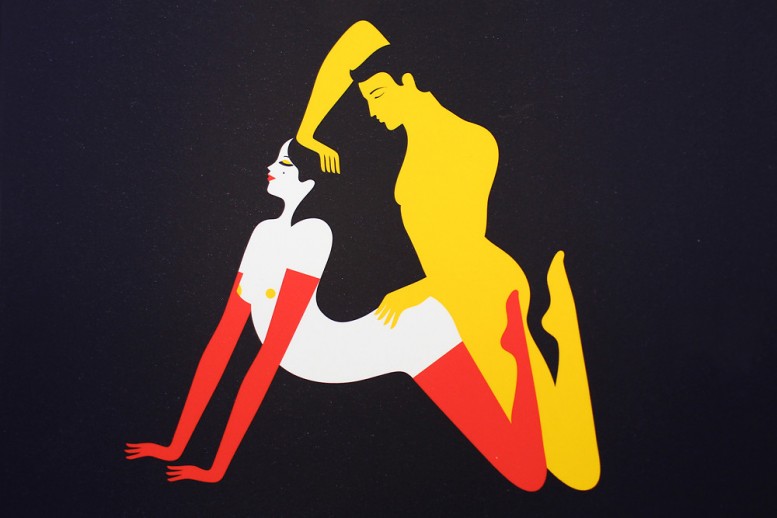 Illustration from the new edition
Illustration from the new edition
Hells Angels
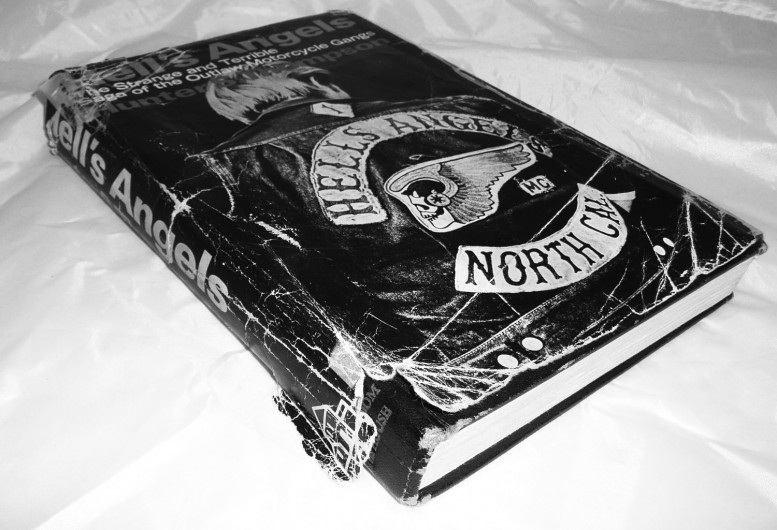 First edition of Hunter Thompson's first book Hells Angels.
First edition of Hunter Thompson's first book Hells Angels.
[BOOKS] The Cruise of the Rolling Junk
As the release date inches closer for the highly anticipated adaptation of that Mona Lisa of American literature The Great Gatsby, starring Leonardo DiCaprio and and Carry Mulligan, I can tell we'll be hearing a lot about the Fitzgeralds this year. The world that F Scott. Fitzgerald brought to the page was one contradictory to our current times, but perhaps because of our times there is a shred of vicarity to the whole thing. Now, from F. Scott and his wife Zelda, like an upper-crust version Bonnie & Clyde, comes the reprint of a story F. Scott once wrote for Motor magazine called The Cruise of the Rolling Junk. In an early series of journalistic pieces for Motor magazine, F. Scott Fitzgerald described a journey he took with his wife Zelda from Connecticut to Alabama in a clapped out automobile which he called the "Rolling Junk." It is a piece of writing whose style, in free-ranging alternation of fact and fiction, has been compared to Jerome K. Jerome's Three Men in a Boat. This book collects together the articles as one text, illustrated with the original illustrations of Fitzgerald, Zelda, and the "Junk." You can purchase the book here.
The Map and the Territory

The most celebrated and controversial French novelist of our time, Michel Houellebecq, now delivers his magnum opus—about art and money, love and friendship and death, fathers and sons. The Map and the Territory

Collage Culture
One of the coolest new publications of late–Collage Culture: Examining the 21st Century's Identity Crisis

[BOOKS] The Last Nude

A stunning story of love, sexual obsession, treachery, and tragedy, about an artist and her most famous muse in Paris between the world wars. Paris, 1927. In the heady years before the crash, financiers drape their mistresses in Chanel, while expatriates flock to the avant-garde bookshop Shakespeare and Company. One day in July, a young American named Rafaela Fano gets into the car of a coolly dazzling stranger, the Art Deco painter Tamara de Lempicka. Struggling to halt a downward slide toward prostitution, Rafaela agrees to model for the artist, a dispossessed Saint Petersburg aristocrat with a murky past. The two become lovers, and Rafaela inspires Tamara's most iconic Jazz Age images, among them her most accomplished-and coveted-works of art. A season as the painter's muse teaches Rafaela some hard lessons: Tamara is a cocktail of raw hunger and glittering artifice. And all the while, their romantic idyll is threatened by history's darkening tide. Inspired by real events in de Lempicka's history, The Last Nude is a tour de force of historical imagination. Ellis Avery gives the reader a tantalizing window into a lost Paris, an age already vanishing as the inexorable forces of history close in on two tangled lives. Spellbinding and provocative, this is a novel about genius and craft, love and desire, regret and, most of all, hope that can transcend time and circumstance. [Find it here.]
The Sea is My Brother
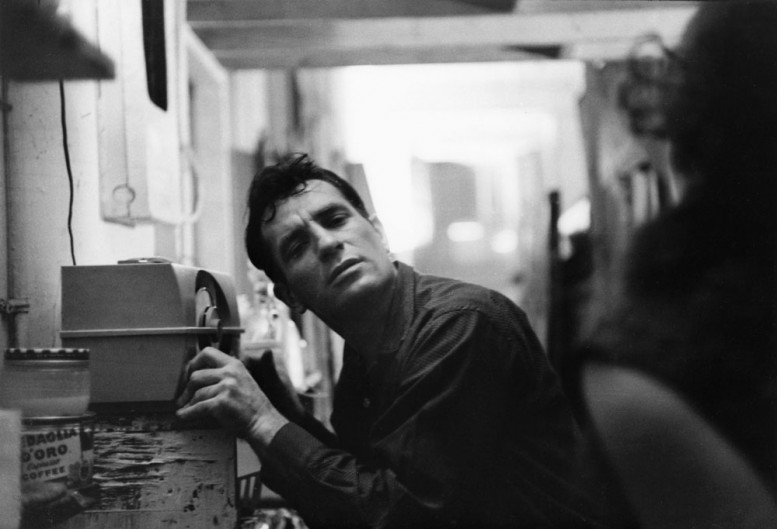 Jack Kerouac's recently discovered novel The Sea is My Brother
Jack Kerouac's recently discovered novel The Sea is My Brother
People's Pornography
Since its establishment in 1949, the People's Republic of China has upheld a nationwide ban on pornography, imposing harsh punishments on those caught purchasing, producing, or distributing materials deemed a violation of public morality. A provocative contribution to Chinese media studies by a well-known international media researcher, People’s Pornography offers a wide-ranging overview of the political controversies surrounding the ban, as well as a fascinating glimpse into the many distinct media subcultures that have gained widespread popularity on the Chinese Internet as a result. Rounding out this exploration of the many new tendencies in digital citizenship, pornography, and activist media cultures in the greater China region are thought-provoking interviews with individuals involved. A timely contribution to the existing literature on sexuality, Chinese media, and Internet culture, People’s Pornography provides a unique angle on the robust voices involved in the debate over about pornography’s globalization.
Patti Smith: Woolgathering

In this small, luminous memoir, the National Book Award–winner Patti Smith revisits the most sacred experiences of her early years, with truths so vivid they border on the surreal. The author entwines her childhood self—and its "clear, unspeakable joy"—with memories both real and envisioned from her twenties on New York's MacDougal Street, the street of cafés. Woolgathering was completed, in Michigan, on Patti Smith's 45th birthday and originally published in a slim volume from Raymond Foye's Hanuman Books. Twenty years later, New Directions is proud to present it in an augmented edition, featuring writing that was omitted from the book's first printing, along with new photographs and illustrations. [New Directions....]
[BOOKS] Alive Inside the Wreck
From his name to his college transcript to his literary style, Nathanael West was self-invented. Born Nathan Weinstein, the author of the classics Miss Lonelyhearts (1933) and The Day of the Locust (1939) was an uncompromising artist obsessed with writing the perfect novel. He pursued his passion from New York to California, flirting dangerously with the bleak, faux-glamour of Hollywood as the country suffered through the grim realities of the Great Depression. At the center of a circle of vigorous young literary writers that included Malcolm Cowley, William Carlos Williams, F. Scott Fitzgerald, S. J. Perelman, and Dashiell Hammett, West rose to become one of the most original literary talents of the twentieth century—an accomplished yet regrettably underappreciated master of the short lyric novel. West was finally starting to enjoy financial stability as a Hollywood screenwriter when he died in the California desert. A notoriously bad driver, he was racing back from a vacation in Mexico with his young bride of eight months when he crashed at full speed into another car. He was dead at the age of 37. Out now on OR Books by Joe Woodward, a biography of Nathanael West entitled Alive Inside The Wreck. You can also purchase the biography here.


